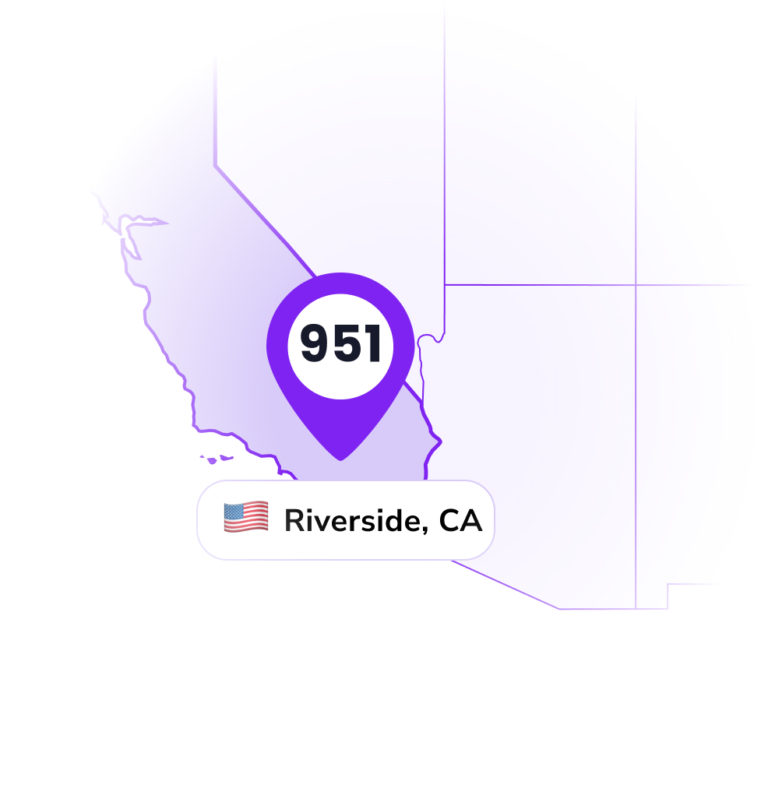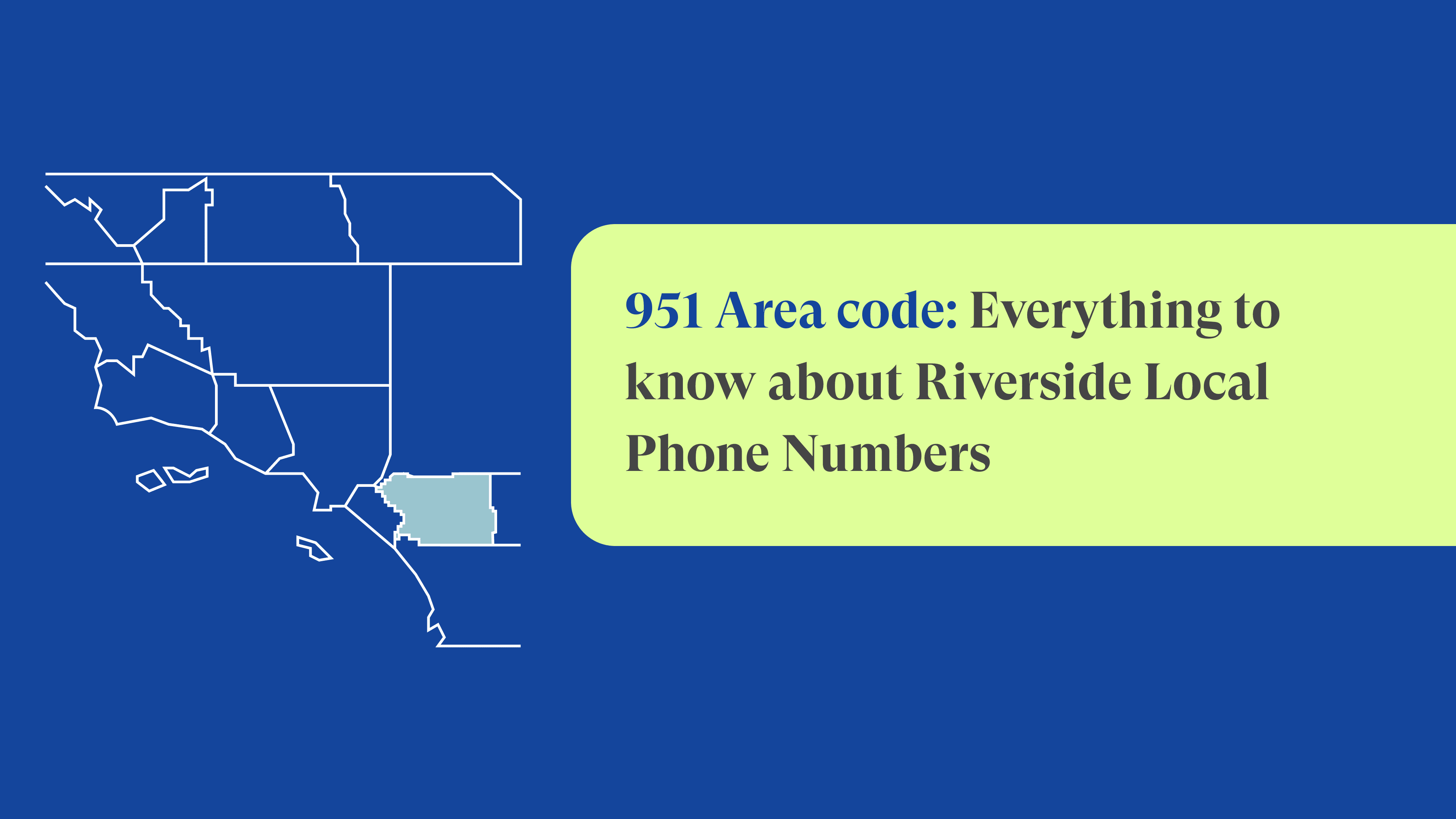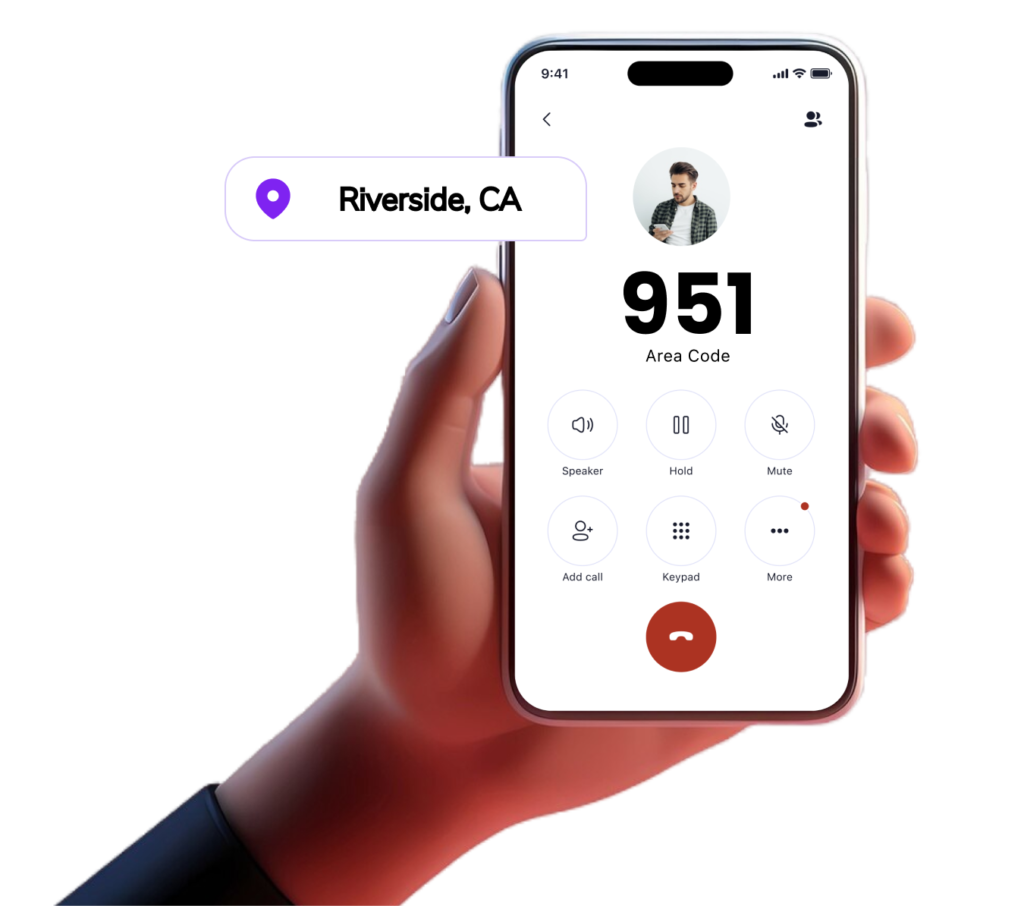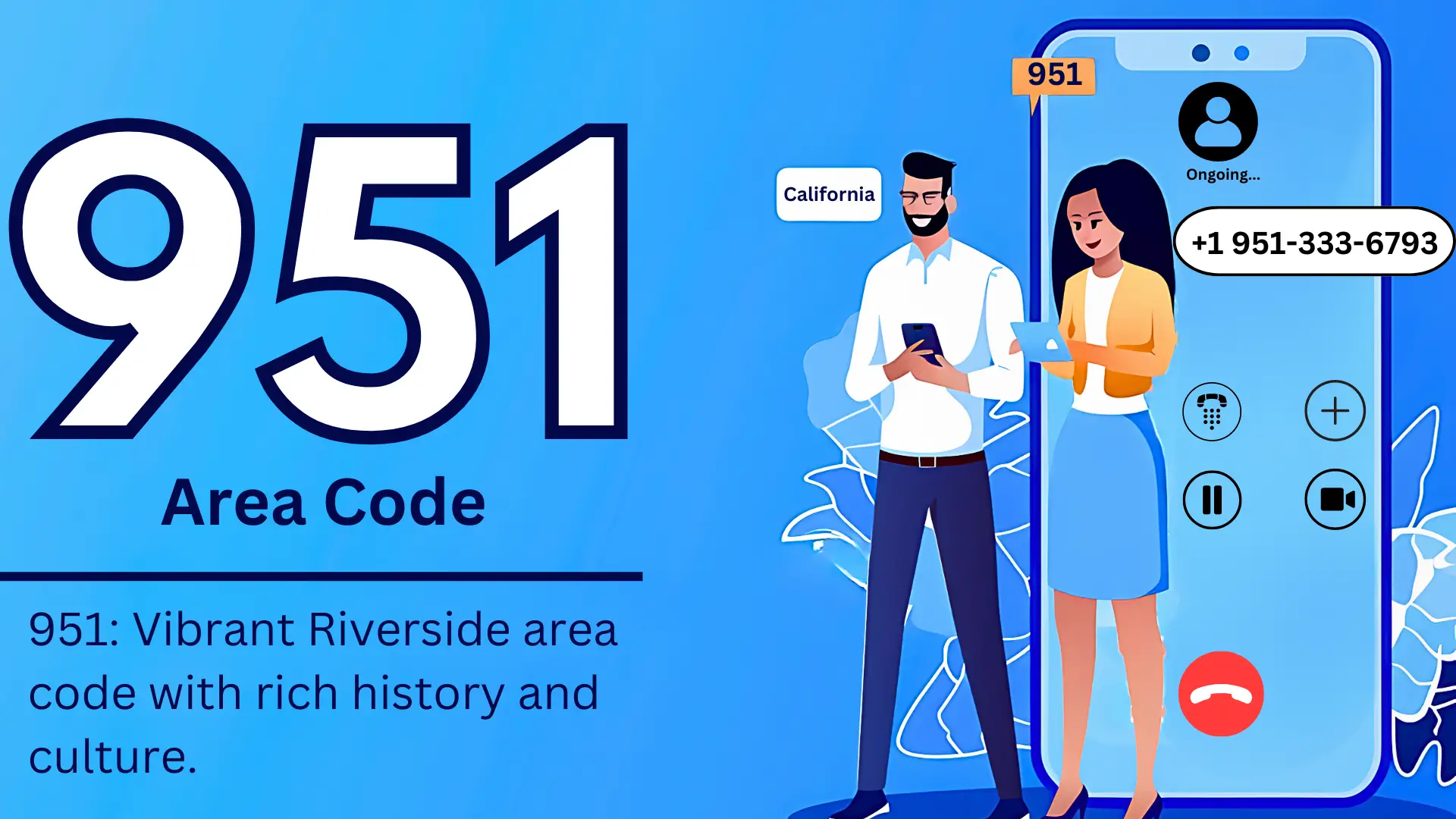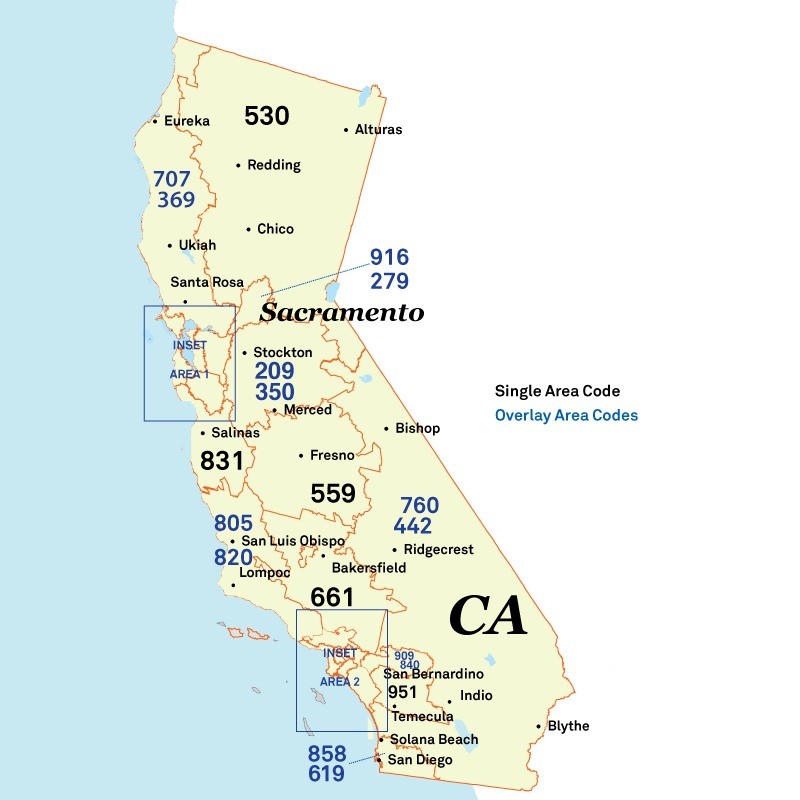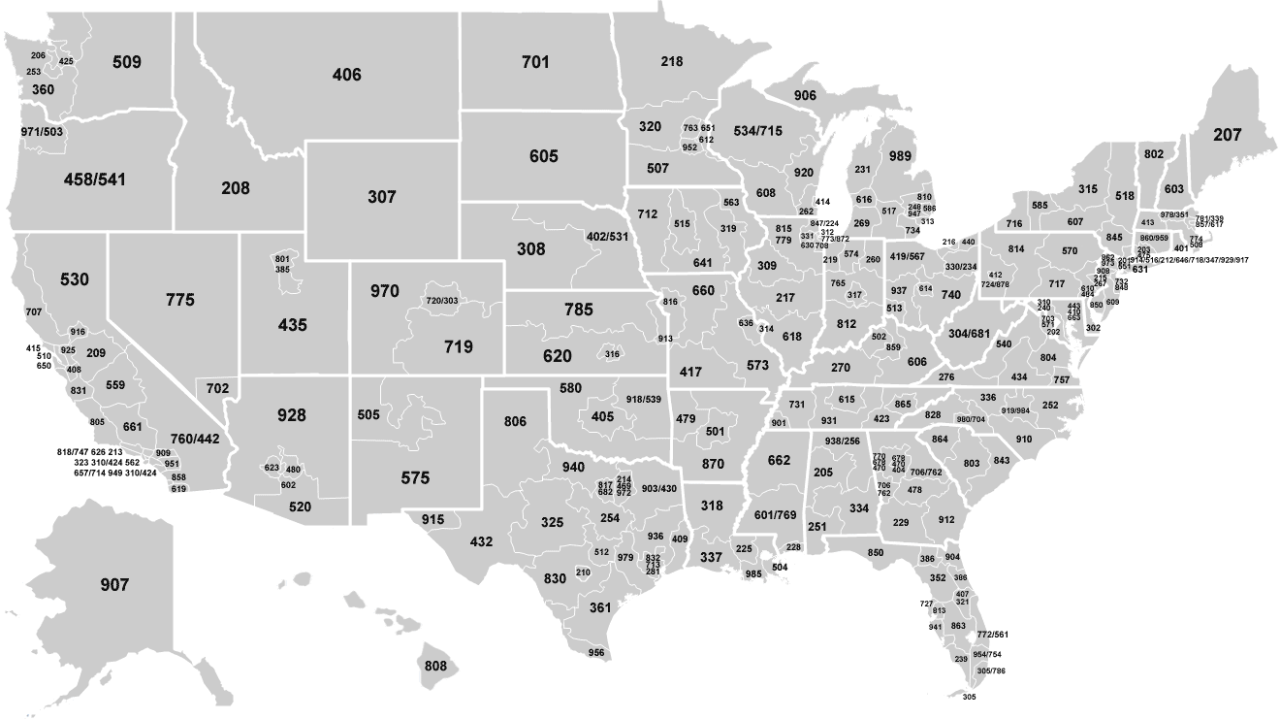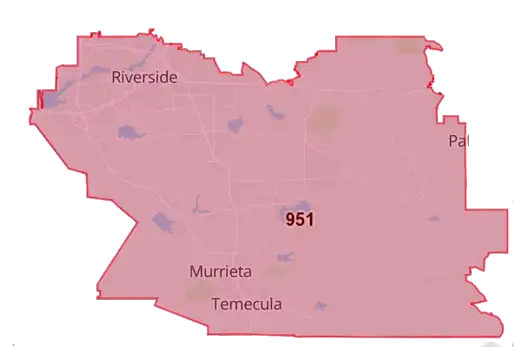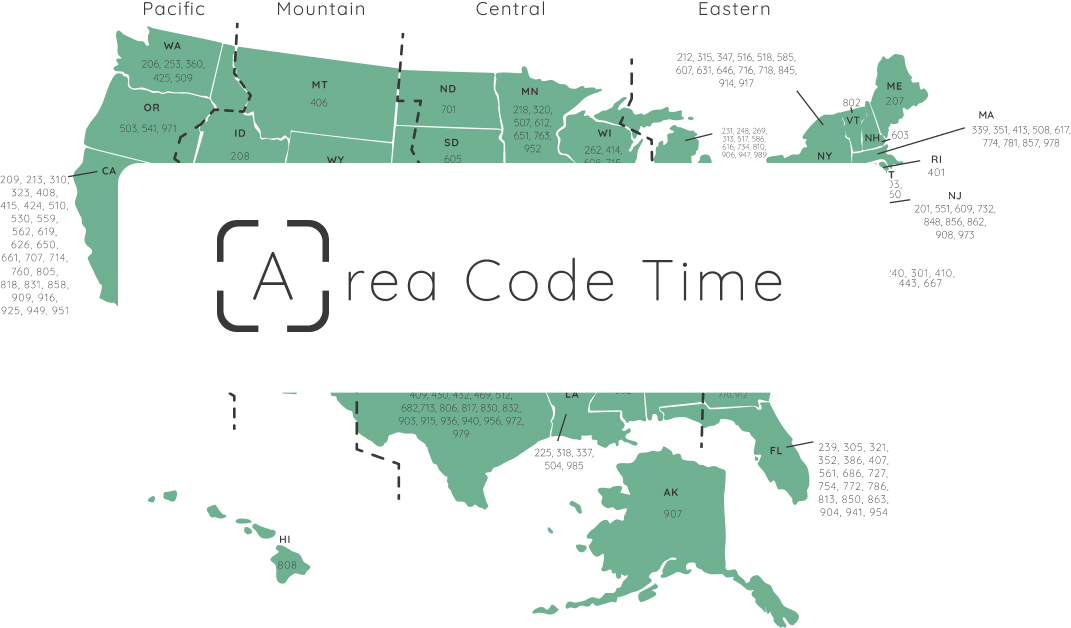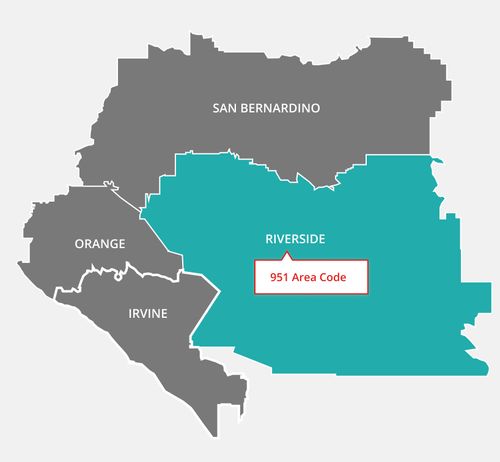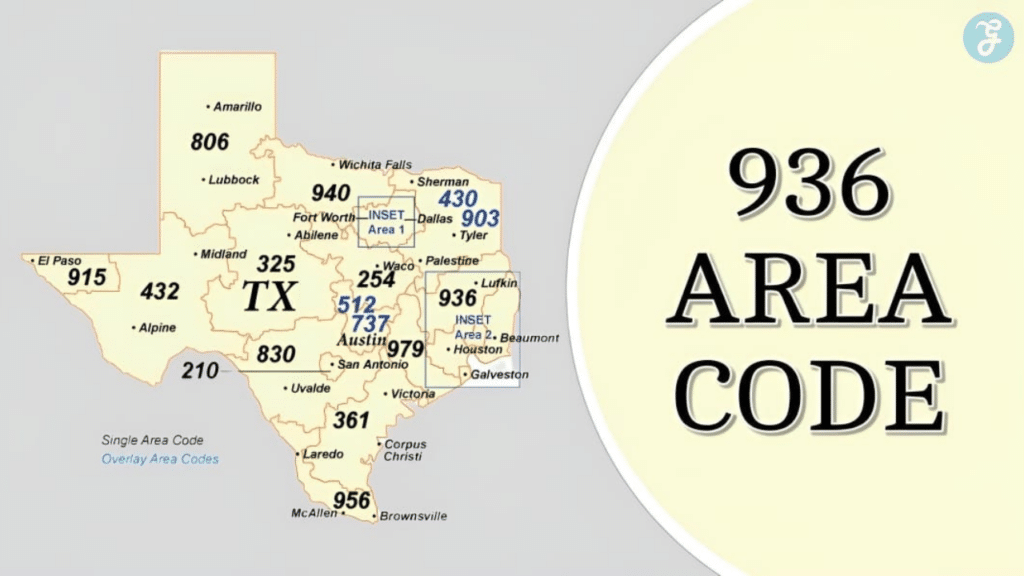What Area Code Is 951 Belong To

A simple three-digit number, a gateway to connection. But behind the familiar sequence of 951 lies a story of booming population, strained infrastructure, and the constant need to adapt to a world increasingly reliant on instant communication. It's a story etched in the landscape of Southern California, where the demand for phone lines mirrored the relentless growth of its communities.
The 951 area code primarily serves Riverside County, California. This seemingly straightforward answer unlocks a deeper understanding of the region's demographic shifts and telecommunication history, revealing how the Inland Empire navigated its burgeoning population growth. The 951 area code’s establishment and boundaries reflect the intricate balance between serving community needs and managing finite resources.
The Birth of 951: A Need for Expansion
Prior to May 22, 2004, the region now served by 951 was part of the 909 area code. The explosive growth of the Inland Empire during the late 20th and early 21st centuries placed immense strain on the existing 909 infrastructure. Telephone numbers were becoming scarce, necessitating the creation of a new area code.
The California Public Utilities Commission (CPUC), the state agency responsible for overseeing telecommunications, recognized the impending crisis. They initiated a series of studies and public hearings to determine the most effective solution. A geographic split was eventually chosen, carving out the 951 area code from the western portion of the 909 territory.
Communities Served by 951
The 951 area code encompasses a diverse range of cities and communities within Riverside County. These include the city of Riverside itself, as well as Moreno Valley, Temecula, Murrieta, and Corona, among others. Each of these communities experienced significant growth leading up to and following the implementation of the new area code.
The creation of the 951 area code allowed these areas to maintain adequate telephone service. This ensured that residents and businesses could continue to communicate effectively. The new area code facilitated further expansion and economic development within the region.
Navigating the Transition: A Period of Adjustment
The introduction of a new area code inevitably brings a period of adjustment for residents and businesses. Re-programming speed dial numbers and updating contact information became necessary tasks. The CPUC undertook extensive public awareness campaigns to educate people about the change and minimize confusion.
A permissive dialing period was implemented to ease the transition. During this time, calls placed with either the old 909 or the new 951 area code would still connect. This provided a grace period for people to adapt to the new dialing patterns.
"The transition to the 951 area code was a necessary step to ensure the continued availability of telephone numbers in the Inland Empire," stated a CPUC representative during the rollout. "We worked diligently to inform the public and minimize any disruption."
The Future of 951: Adapting to Evolving Needs
Even with the creation of the 951 area code, the demand for phone numbers continues to evolve. The proliferation of cell phones, internet-based communication, and other technologies constantly places pressure on the existing numbering system. The North American Numbering Plan Administration (NANPA) monitors area code usage and projects future needs.
Overlay area codes, which involve adding a new area code to the same geographic region, are sometimes considered as an alternative to geographic splits. This approach allows existing customers to retain their original area code while new customers are assigned the new one. Whether or not 951 will eventually require an overlay remains to be seen, depending on future growth patterns.
Technological advancements like number pooling and number conservation initiatives are also being implemented to extend the lifespan of existing area codes. These measures aim to optimize the allocation and utilization of telephone numbers, delaying the need for further area code splits or overlays.
Beyond Geography: The Psychological Impact of Area Codes
Area codes are more than just numerical designations; they can also carry a sense of identity and belonging. Longtime residents of the Inland Empire, accustomed to the 909 area code, may have initially felt a disconnect with the new 951 designation. Over time, however, 951 has become synonymous with the region's unique character and its continued evolution.
For businesses, the area code can influence perceptions and marketing strategies. A local area code can convey a sense of proximity and trustworthiness to potential customers. Understanding the psychological impact of area codes is essential for effective communication and community engagement.
As the Inland Empire continues to grow and evolve, the 951 area code will undoubtedly remain a vital part of its identity. It serves as a constant reminder of the region's dynamic history and its ongoing pursuit of innovation and connectivity. The story of 951 is a microcosm of the larger narrative of Southern California, a region constantly adapting to the challenges and opportunities of a rapidly changing world.
In conclusion, the 951 area code belongs to the western portion of Riverside County, California. It embodies the history and growth of the Inland Empire. The code’s existence reflects the ongoing effort to balance technological resources with population demands.


